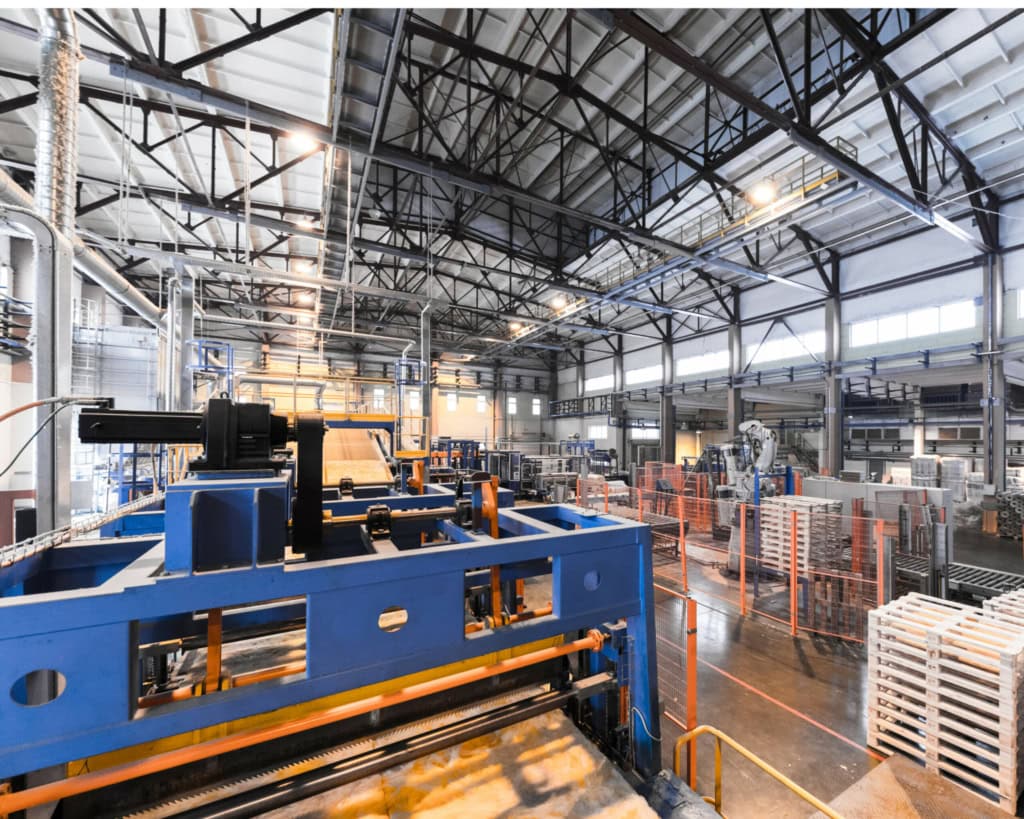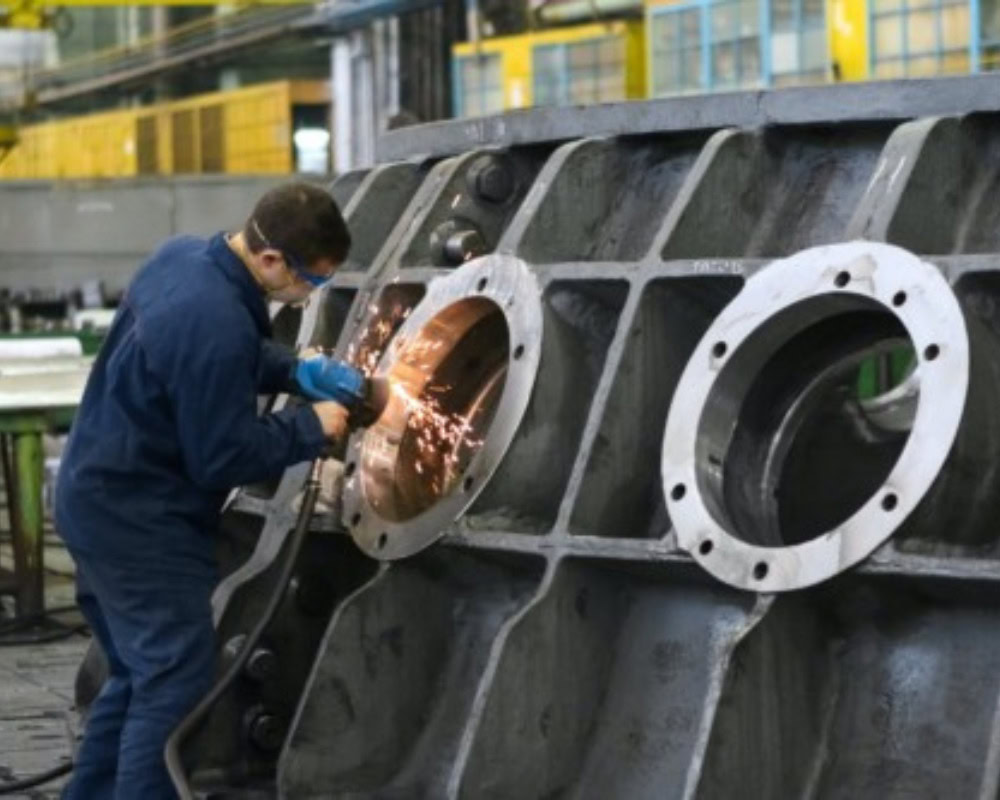Introduction
Industry, a crucial economic pillar, is today facing a growing crisis: the shortage of skilled labor. This phenomenon, exacerbated by a combination of demographic, technological and social factors, threatens not only the productivity and quality of industrial production, but also the ability of companies to innovate and meet market demands. Against this backdrop, innovative solutions such as Mercateam are emerging to address these challenges. Mercateam, as the first collaborative digital tool, plays a pivotal role in the skills monitoringthe training and operator assignment to the various plant positions, providing industries with the means to effectively navigate through these turbulent times.
1. Analysis of the causes of the labor shortage
Demographics and an ageing population
One of the main factors behind the labor shortage in industry is the aging demographic in industrialized countries. With a large proportion of the population approaching retirement age, the industrial sector faces a dual challenge: a decline in the number of active workers, and a significant loss of know-how and accumulated experience. This demographic transition poses a significant risk to production capacity and the transmission of essential knowledge.
Lack of appeal of industrial careers to young people
At the same time, the industry is struggling to attract young talent, who are often more attracted to sectors deemed more modern and innovative, such as technology or financial services. This disaffection is partly due to an outdated image of the industry, perceived as less dynamic and offering few career prospects compared to other, more glamorous fields. To reverse this trend, it is crucial to revamp the industry's image and better communicate the rewarding career opportunities and technological innovations it encompasses.
Rapidly evolving skill requirements
Finally, the third major cause of this labor shortage is the rapid evolution of technology, which is continually redefining the needs of our customers. skills required in the workplace. Industry 4.0with its advances in robotics, artificial intelligence and automation, requires skills that traditional training courses are struggling to provide at a sufficient pace. This creates a gap between the skills available on the job market and those required by industrial companies, making the task of filling vacancies even more difficult.
These challenges, while significant, open the door to innovative solutions such as those proposed by Mercateam, which aims to transform skills and talent management in industrial environments, ensuring an agile response adapted to the sector's contemporary and future needs.
2. Impact of the shortage on the industrial sector
Rising costs and salaries
One of the immediate consequences of labor shortages in industry is higher production costs. Faced with a scarcity of skills, companies are often forced to offer higher wages to attract and retain the necessary talent, which has a direct impact on overall operating costs. This wage inflation, while beneficial for workers, can prove unsustainable for companies, particularly in a context of increasing global competition.
Reduced productivity and quality
A shortage of skilled labor also leads to a drop in productivity and the quality of finished products. Less experienced operators, or those under constant pressure to fill staffing gaps, may make mistakes or neglect certain quality control procedures. As a result, companies may face higher defect rates and lower customer satisfaction, impacting on their reputation and market positioning.
Production delays and impact on the supply chain
Production delays are another direct consequence of labor shortages. With fewer staff available to manage operations, companies' ability to maintain production deadlines is compromised. This can lead to delays in the delivery of finished products, disrupting the entire supply chain. These disruptions have cascading repercussions on customers and business partners, potentially on a global scale.
3. Presentation of traditional solutions
More training and education
To effectively combat labor shortages, many industries are investing in training and education. This includes the development of continuing education programs and partnerships with educational institutions to align curricula with current market needs. Emphasis is placed on upskilling and reskilling current employees, as well as on training new generations of industrial workers.
Automation and robotics
Automation and robotics offer potential solutions to labor shortages by reducing dependence on human operators for certain tasks. The introduction of more sophisticated machinery and automated systems not only enables production levels to be maintained, but also improves efficiency and precision in industrial processes. However, this also requires a skilled workforce capable of managing these advanced technologies, further underlining the importance of training.
Improving the image of industrial quarries
Finally, improving the image of industrial careers is crucial to attracting new talent. This involves changing the public's perception of jobs in industry, which are often seen as unattractive or outdated. Companies are striving to promote the innovative and technologically advanced aspects of modern industry, as well as the rewarding and diverse career opportunities it offers.
These traditional solutions, while effective up to a point, often need to be complemented by more innovative approaches to meet the complex and fast-changing challenges of the industrial sector.
4. Mercateam's innovative role in crisis management
Using the skills matrix to optimize human resource allocation
Mercateam uses a skills matrix which enables managers to visualize and analyze the skills available within their workforce. This tool enables them to quickly identify skills gaps and optimally position each employee according to his or her abilities and certifications. This approach not only ensures better human resources management, but also contributes to a more strategic allocation of talent, essential in a context of labor shortages.
Automatic scheduling to maximize efficiency
The automatic scheduling tool from Mercateam optimizes employee assignments by taking into account multiple variables, such as skills, availability and production constraints. This functionality reduces human error and the time spent on manual planning, thus increasing operational efficiency and enabling companies to respond more agilely to market fluctuations.
Training modules for rapid skills development
Mercateam integrates training modules designed to accelerate skills development within the team. These courses are customizable and tailored to the specific needs of the plant, enabling employees to quickly acquire the skills needed to handle new technologies or to fill specific skills gaps. This is crucial to maintaining competitiveness in a fast-changing industrial environment.
Workforce planning to anticipate future needs and proactively manage talent
Mercateam's Workforce Planning system enables companies to forecast their long-term workforce requirements and plan recruitment and training strategies accordingly. This proactive approach helps companies prepare for the future by building a resilient and adaptable workforce, ready to respond to market changes and technological innovations.
Conclusion
In short, in the face of growing labor shortages in industry, Mercateam offers innovative solutions that not only meet immediate challenges, but also prepare companies for the future. Thanks to its skills matrix, automatic planning, training modules and workforce planning, Mercateam enables industries to maximize operational efficiency, improve employee satisfaction and retention, and position themselves advantageously in a competitive market. By adopting such technologies, industrial companies can transform today's challenges into opportunities for growth and innovation.




